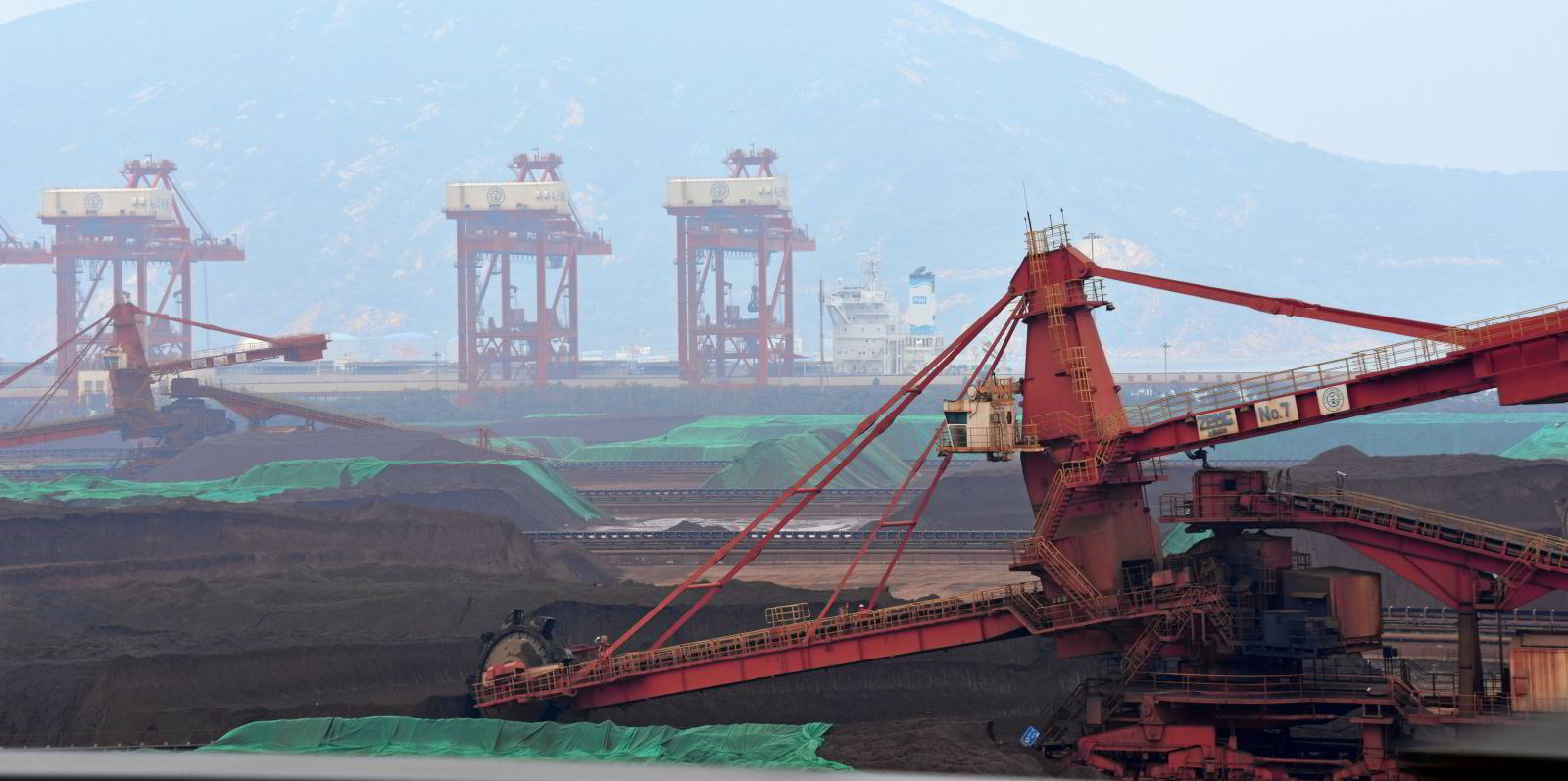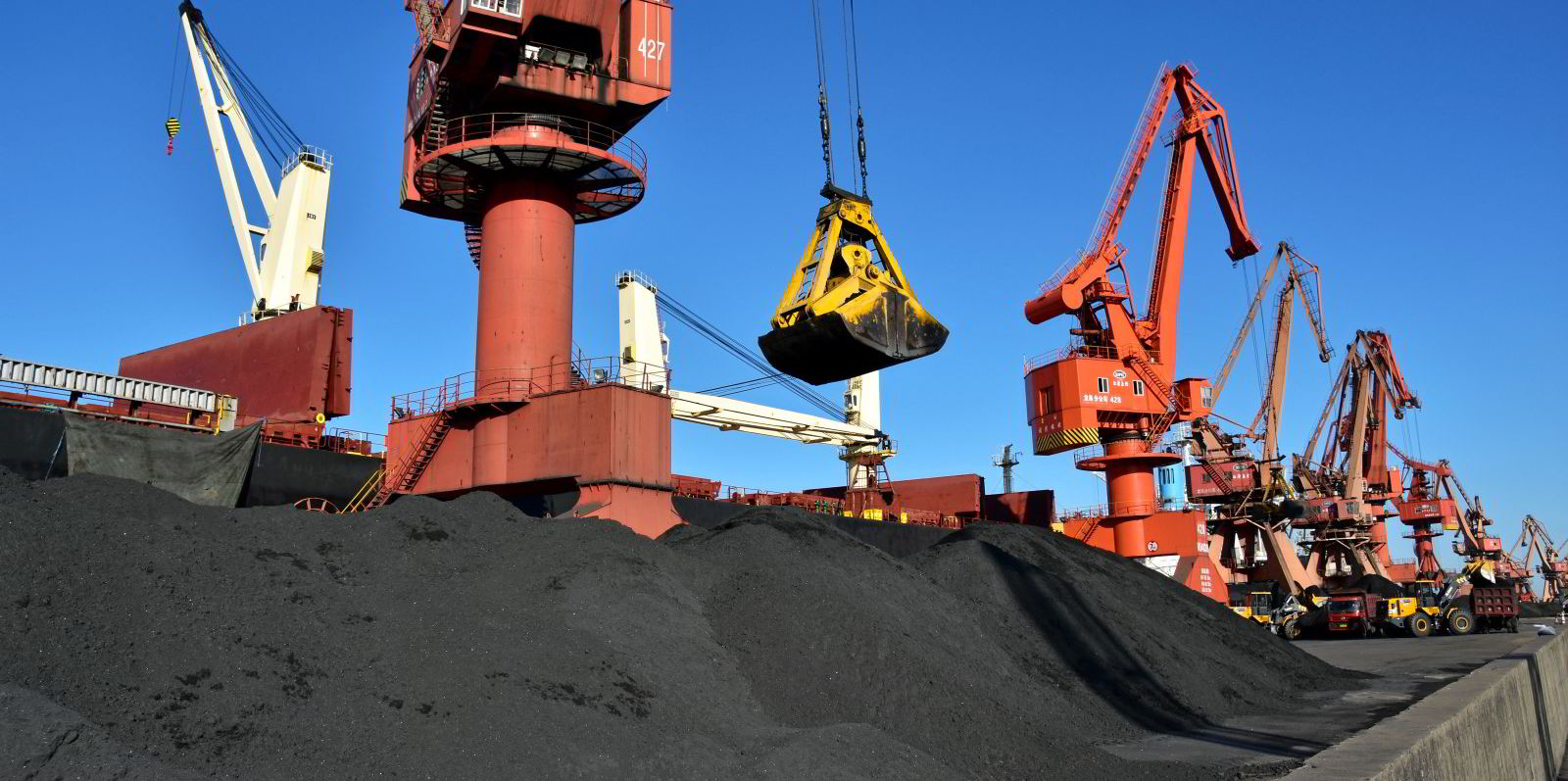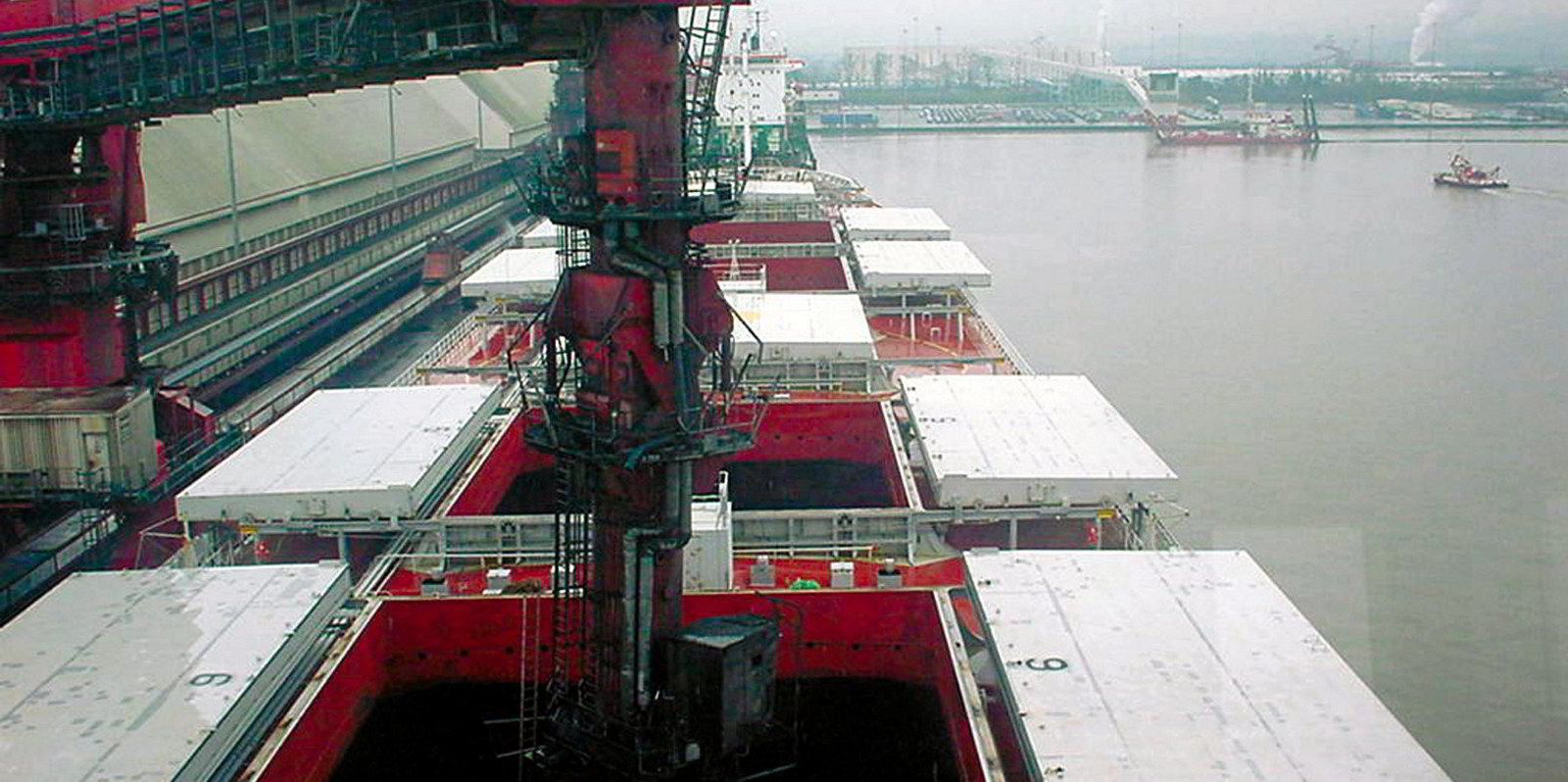China has quietly raised its annual import quota for foreign coal by some 13% from 271m to 306m tonnes, according to research by shipbroking house Lorentzen & Stemoco.
The increase is enough to absorb several times the coal in the holds of the ships that are now queued off China's ports as a result of an unofficial ban on Australian coal imports.

China has officially observed a 271m tonne coal import cap since 2017, even if enforcement is sometimes discretionary. But Lorentzen & Stemoco analyst Nicolai Hansteen cites confidential sources for news that the official limit was raised in October by 15m tonnes and at the end of November by another 20m tonnes.
Like this year's Australian coal ban, the rumoured lifting of the annual cap has not been officially advertised.
The trading issue of overall import quotas is distinct from another issue affecting coal imports — the political battle between Beijing and Canberra that has led to a de facto ban or prohibitive tariff hike on many key Australian exports.
Commodities affected range from coal and logs to barley, wine, and sugar — but notably not iron ore, where a ban would put China at the mercy of Australia's rival Brazil.
In the political dispute, it could be difficult for Beijing to walk back its demands in an ongoing war of words with Australia. But some commercial observers are hopeful that economic needs and market forces will trump the Sino-Australian political dispute at the practical level, as both steaming coal and coking coal prices surge and another year's restocking towards China's annual quota begins in four weeks' time.
"China needs the coal, and this gives the green light to port officials to start letting those ships in," Hansteen told TradeWinds.
The 35m tonne addition to the annual quota would be several times the number of ships queued, depending on the mix of tonnage segments in the queue.
Vessel tracking data compiled by Oslo dry bulk intelligence service Oceanbold shows that some 77 ships are waiting with coal at Australian ports, including 21 capesizes, 37 post-panamax coal carriers, 15 panamaxes or kamsarmaxes, and three smaller ships.
Beginnings of an end
Meanwhile, however, four recently reported discharges of long-queued capesizes carrying Australian coal may not represent the beginnings of an end to the ban, but reflect special circumstances.
TradeWinds recently reported that the 170,400-dwt Alpha Era (built 2000) had discharged on 26 November after a six-month wait at Fangcheng.
Bloomberg News has subsequently reported that the Alpha Era and also the 179,300-dwt Dong-A Oknos (built 2010), 179,600-dwt Dong-A Eos (built 2009) and 179,300-dwt Dong-A Astrea (built 2010) have discharged or are in the process.
But Hansteen wrote in Lorentzen & Stemoco's morning report for 4 December that the Dong-A ships have the benefit of a Chinese-South Korean agreement that does not apply to other ships in the queue.
Others suggest the Alpha Era development may be an effect of litigation surrounding the ship.






